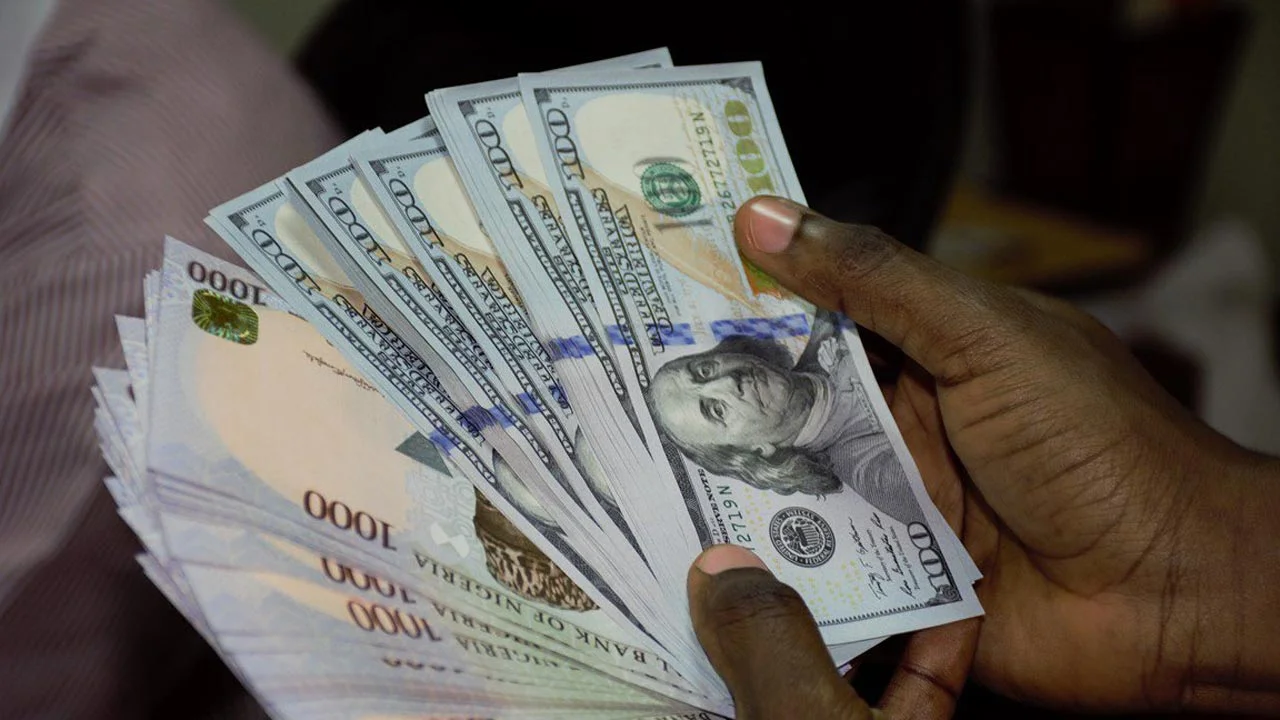CBN Report: Loan Defaults Surge in Q2 2025 as Small Businesses Struggle Most

The second quarter of 2025 saw a sharp increase in loan defaults across nearly all borrower categories, with small businesses suffering the brunt of repayment challenges, according to the Central Bank of Nigeria’s (CBN) Credit Conditions Survey (CCS) for the quarter.
Findings from the survey, which reflects data gathered from financial institutions in June 2025, showed a reversal in repayment behaviour despite broader access to credit.
“Lenders reported higher default rates for Secured and Unsecured lending in the review quarter. For Corporate lending: small businesses, Medium PNFCs, Large PNFCs and OFCs similarly recorded higher default rates.”
Among corporate borrowers, small businesses posted the worst loan performance. Their default index plummeted from 0.5 in Q1 to -7.2 in Q2, marking the steepest quarterly drop across all segments. Medium-sized Private Non-Financial Corporations (PNFCs) followed with a score of -4.9, while large PNFCs and Other Financial Corporations (OFCs) recorded -4.8 and -4.7, respectively.
The data paints a picture of deepening economic difficulties affecting repayment capabilities, especially among business borrowers. The rising defaults occurred despite an increase in credit access during the same period.
Interestingly, the report noted that banks had continued to ease lending conditions. More credit was made available across secured, unsecured, and corporate loan categories in Q2 2025. For corporate and secured lending, the relaxed terms were attributed to improved macroeconomic expectations, while a shift in risk appetite among lenders accounted for the uptick in unsecured credit.
Nonetheless, this increase in credit supply failed to translate into healthier loan books. Analysts believe the data suggests that many borrowers may be overleveraged or grappling with financial stressors such as high inflation and dwindling consumer demand.
The report also indicated that households are feeling the pressure. Defaults on secured household loans jumped, with the index plunging from 3.9 in Q1 to -7.0 in Q2. Unsecured loans to individuals also declined into negative territory for the first time in over a year, dropping from 5.0 in Q1 to -1.5 in Q2.
These figures hint at a growing strain on household finances, likely fuelled by inflation, increased cost of living, and stagnant income levels. While personal loan and overdraft applications rose during the period, interest in longer-term credit products like mortgages and credit cards diminished, indicating a shift toward short-term liquidity needs.
Despite the uptick in non-performing loans, banks appeared unfazed, with loan approval rates rising across the board for all major credit types in Q2. This suggests either continued faith in internal risk evaluation systems or competitive pressures pushing institutions to expand lending portfolios.
The report also revealed divergent pricing trends. For household loans, interest rate spreads over the Monetary Policy Rate (MPR) widened, making them more expensive. In contrast, businesses benefited from narrower spreads, signalling more favourable borrowing terms, possibly aimed at stimulating investment or operations.





